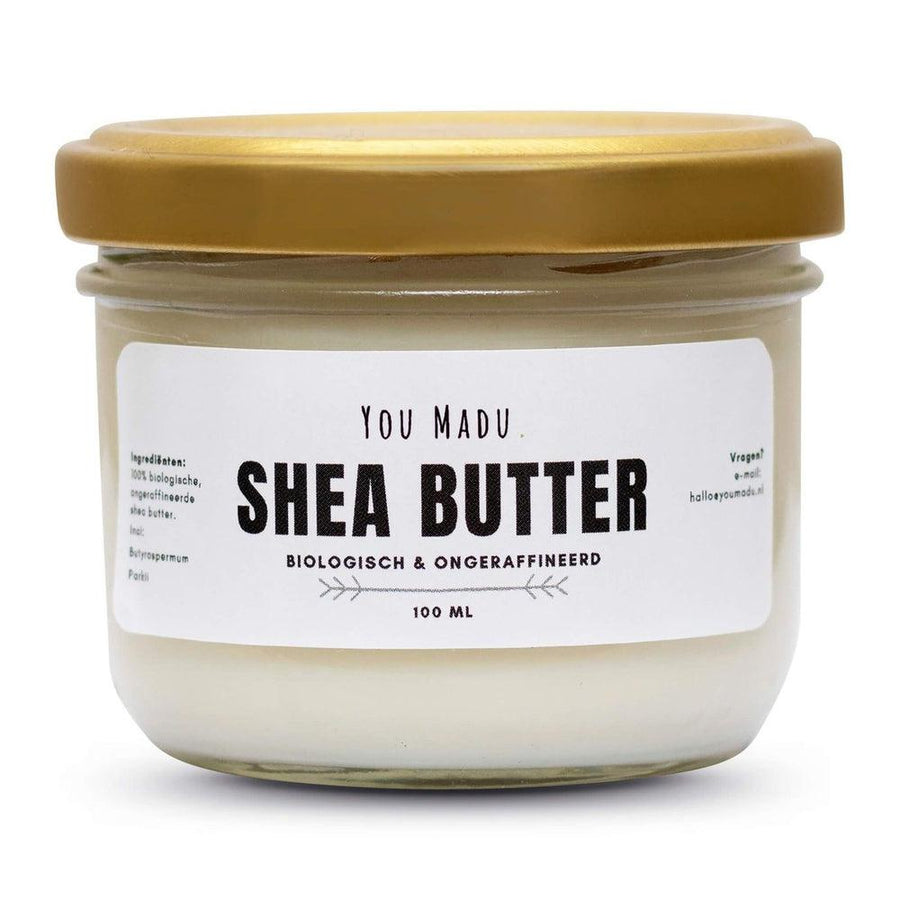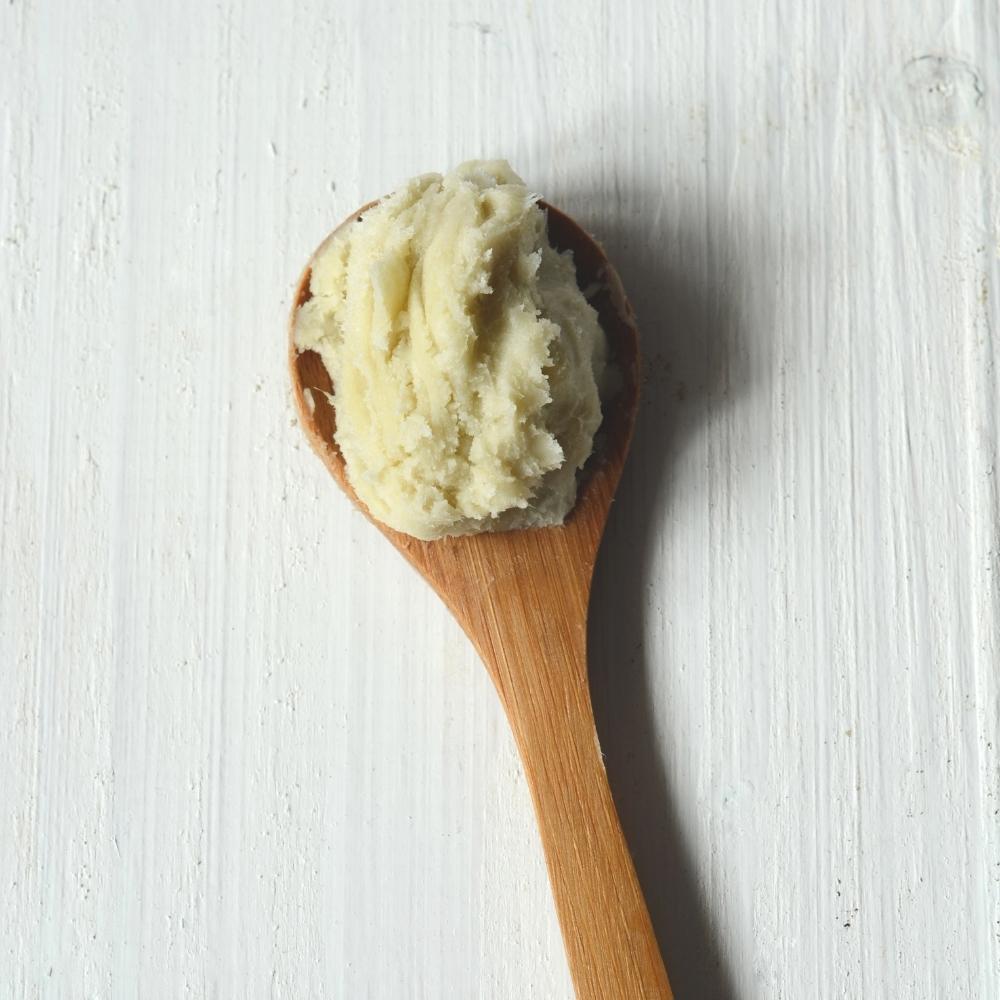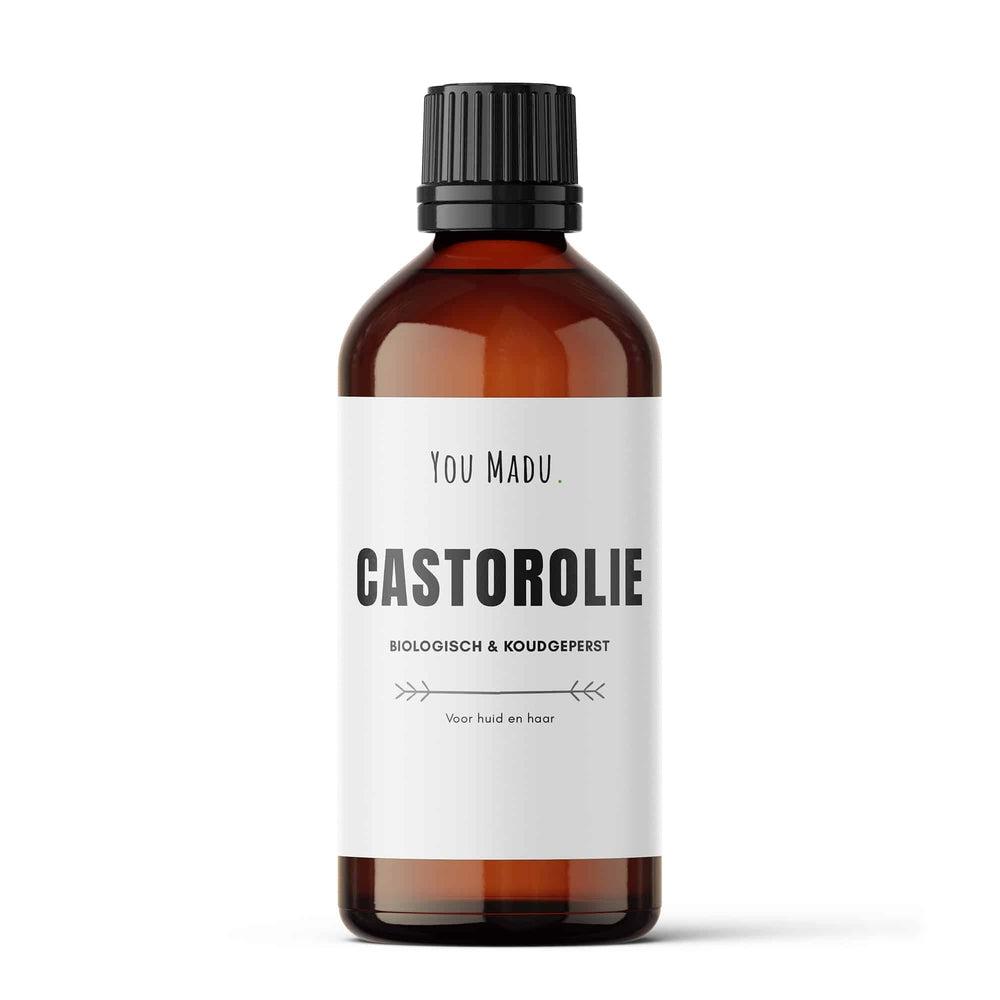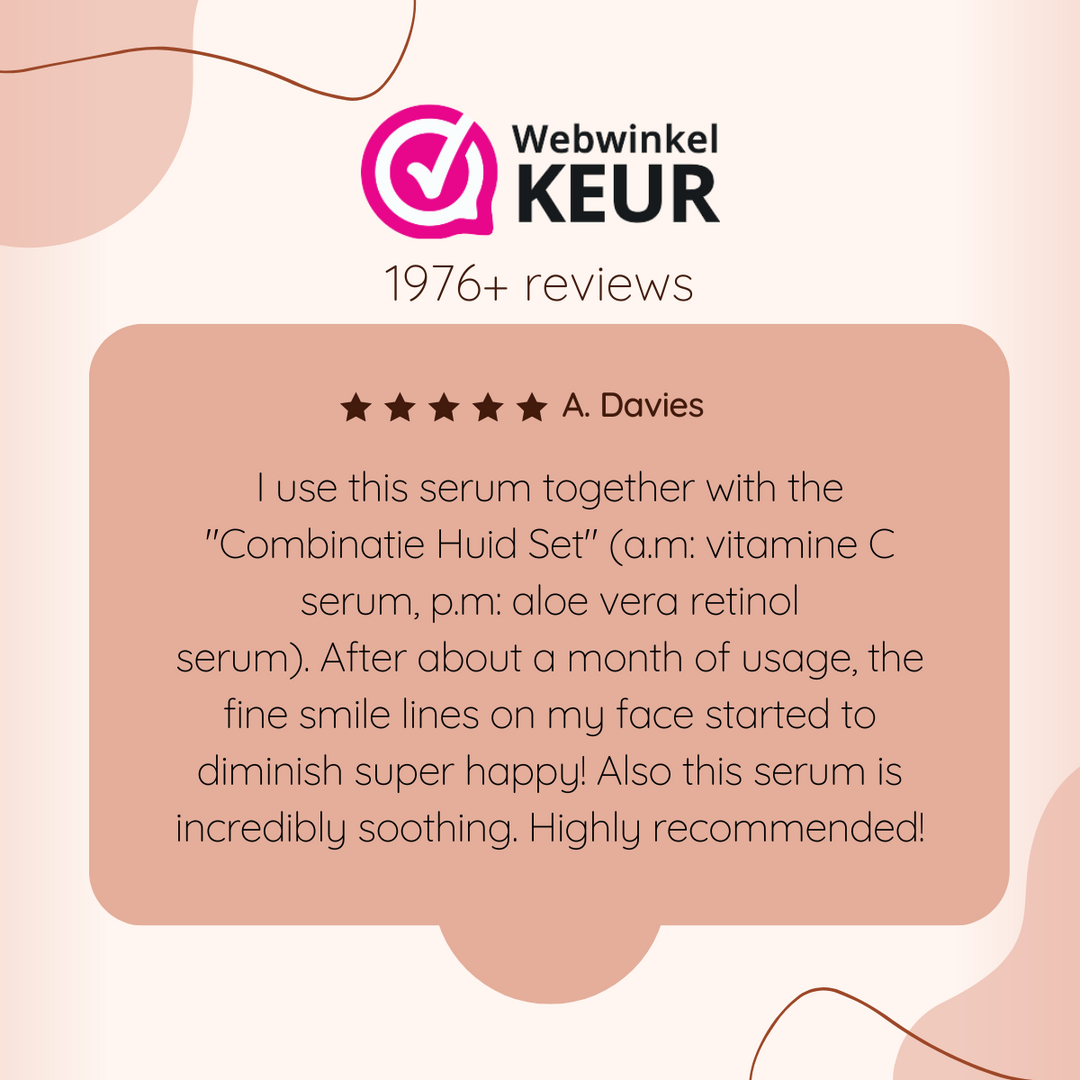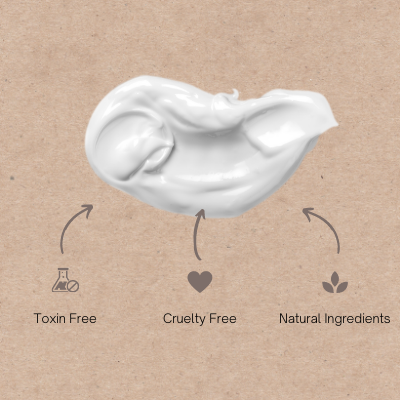Skincare Routine For Beginners (Part 1 - Skin Types & Skin Concerns)
 Your skin is your largest and most visible organ. It's no surprise, then, that unhealthy skin is associated with poor health and low self-esteem.
Your skin is your largest and most visible organ. It's no surprise, then, that unhealthy skin is associated with poor health and low self-esteem.There are so many products and brands that all claim to solve all your skin problems. But how do you find out what works best for your skin?
In our experience, the best approach is to learn about your skin and what it
specifically needs. This includes understanding the science of skin as well as observing how your skin reacts to different products and routines.
This way you don't get caught off guard and you waste a lot of time and money on the wrong products!
The skin is an endlessly fascinating subject.Years ago I started looking into this and I still find more interesting articles than I will ever be able to read.
Don't you have the interest to delve into this yourself? No problem. Try our new routine builder where we recommend products to improve your skin based on a few questions.
What does my skin need?
In a first phase, it's about finding out how your skin behaves in its natural state, with all its unique properties.
Because make no mistake, every skin is indeed unique.
First we will reduce your routine to the essentials. We will do this so that we can remove any harmful influence of your classic skin care products.
Then we will talk about the different skin types and what skin conditions/problems exist, so that you can determine what your individual skin goals are.
Based on this you can put together your own skincare routine.
Start With the Basics
To start, it is best to bring your routine back to the basics.Some skincare products can cause problems with your skin that you didn't have before without knowing it.
That's why it's important to look at your skin without using an excess of products.

Step 1
Stop all products you are currently using and limit yourself to a (simple) cleanser and moisturizing cream for 1 week.
Are you currently not using any of skin care? Then you already know what the natural state of your skin is and you can immediately go to step 3 ☺️.
Step 2
Keep this simple routine for 1 week.After about a week your skin will "reset" and you will get a better idea of where your skin is dry or oily and other possible skin problems.
Preferably do not use sunscreen during this week. Sunscreens are a very important part of your routine, but they often cause skin problems as well. That is why it is best not to use it during this reset week.
Try to spend as little time in the sun as possible and if you do, protect your skin by, for example, wearing long-sleeved clothing and a hat.
Step 3
Examine your skin thoroughly after this reset week. Take a good look at which skin problems you may have on different parts of your face.
How does your skin work?
To better understand the purpose of a skincare routine, let's see how healthy skin normally works . (Warning: if this piece is too technical, feel free to jump straight to skin type and conditions!)
Your skin consists of two main layers: the deeper dermis (corium skin) and the shallower epidermis.
Dermis

The dermis is the thick layer of your skin. It contains substances such as collagen, elastin and natural components such as hyaluronic acid and electrolytes that retain the moisture of your skin.
The dermis becomes thinner with age, which can lead to wrinkles. The dermis is the classic target of many aesthetic treatments in private clinics, but is often too deep to be treated effectively by the vast majority of classic skin care products.
Epidermis
The epidermis is much thinner than the dermis (0.05-0.1mm) and its main task is to form a kind of barrier between the inside of your body and the outside world. Although the layer is very thin, it is incredibly important.
The horny layer (stratum corneum)
The stratum corneum is a very thin layer at the top of the epidermis. It is a very thin layer (15-20 cells thick), but at the same time one of the most important parts of your skin!
It serves as a barrier against bodily harm and prevents chemicals from entering our body. It also prevents water from evaporating from your skin and protects against UV damage.
The stratum corneum contains flattened cells, corneocytes, connected by protein structures called desmosomes. The cells contain keratin proteins and water-binding humectants, the natural moisturizing factor, which consist mostly of amino acids, ions, pyrrolidone carboxylic acid (PCA) and lactate. Between the cells is a lipid matrix with oily substances that act as a structured mortar between the bricks of the cell. This makes a tough barrier that is both flexible and waterproof.
New cells are constantly being formed in the lower epidermis and old cells in the stratum corneum are constantly being shed at a rate of about one layer per day. This process is called desquamation. Your entire horny layer replaces itself about every two weeks.
Most skin care products focus on the horny layer.
The acid mantle
The liquid film on top of your skin is slightly acidic (pH 4–6) due to sebum and sweat. This layer is known as the acid mantle. It's important that this layer remains acidic, as it controls the balance of microorganisms on your skin, and many of your skin's biological processes require a low acidic pH to function optimally. If one of these parts is not working optimally, the skin will suffer.
If 1 of these parts of our skin does not function optimally, the skin will pay a price for this. Fortunately, many of these problems can be solved with the right skincare routine. And they don't have to be fancy, expensive products at all. The right cleanser, moisturiser and sunscreen can already do wonders for your skin.
Skin types and skin conditions
Skin types and conditions are a way to divide your skin into a specific category, in order to treat it more specifically. With these categories you can determine exactly what your skin needs, and therefore which products you can use best and how you use them best.
Skin types
A skin type classifies your skin based on the amount of natural oil your skin produces.Your skin type is relatively stable over time. The main types of skin types are:
- Dry
- Normal
- Bold
- Combination
Skin type describes how much oil, sebum from the pores and the lipids in the lipid matrix of the stratum corneum your skin produces.
Skin problems
Your skin can also suffer from one or more skin conditions that completely change the needs of your skin. Skin conditions can change a lot over time and can usually be managed with the right routine.
The most common skin conditions are listed below:
- Dehydration (dehydrated skin)
- Sensitive skin
- Acne
- Skin aging
- Hyperpigmentation
Skin types

Dry and oily skin
Dry skin produces too little natural oil, while oily skin produces too much. If you're very lucky, you might have normal skin with the right amount of oil - in which case you can definitely do a happy dance :-).
Many people have combination skin, where the skin can be dry in some places and oily in others.
While combination skin is often used as a separate classification, it is much more useful to indicate whether each part of your face is dry, normal or oily.
How do you recognize oily skin?
To find out whether your skin is dry or oily, check which of the characteristics below best describes your skin. If your skin is in between then you have normal skin.


Combination Skin
Different parts of your skin (forehead, nose and cheeks) can have a different type of skin. Therefore, study these separately, so that you know where your skin is dry and where it is more likely to be oily.
What determines your skin type?
Skin type is mainly determined by genes, but can sometimes also change temporarily due to external factors such as stress, hormones, diet, weather, medication and your skin care.
Your skin usually also gets drier as you get older.
Skin Problems - Dehydration/Dehydration
Dehydration often occurs when your skin barrier is weakened and the upper layers of the skin cannot effectively prevent water from evaporating from the lower layers of the skin.
Dehydration is common with cold and dry weather, air conditioning, harsh cleaning, over-exfoliation and sun exposure.
Just like dry and oily skin, there is a genetic component to how sensitive your skin is to dryness. Your skin may not always show signs of dehydration, but you will need to take extra steps to keep your skin hydrated when exposed to drying triggers.
Skin type and hydration
Well hydrated skin should feel soft, smooth and plump. Both dry and oily skin can be dehydrated.
dry skin is more prone to dryness, as oil helps to retain water in the skin. If your skin is oily but still feels tight and dry, it's probably dehydrated.
Signs of dehydrated skin:
- Your skin feels tight after washing if you don't apply a moisturizing cream immediately afterwards
- Your skin feels significantly smoother after applying a moisturizer
- Your skin flakes easily
- Squeezing 1cm of skin between your fingers forms small wrinkles
Skin problems - Sensitive skin
One of your skin's most important functions is to keep out chemicals, whether natural or man-made. The dead layers on the surface (the stratum corneum) work as a shield for the vulnerable, living layers.
What causes sensitive skin?
Sensitive skin usually occurs when the skin's ability to protect against environmental irritants is weakened, so that irritants and allergens can more easily reach the living layers of your skin and cause a burning and stinging sensation.
Many people with sensitive skin get red skin easily, but you can also have sensitive skin without visible redness or a rash.
Dry skin is has a higher risk of sensitivity, as oil is important for maintaining a strong skin barrier.
Signs of sensitive skin
- Skin care products often cause a rash, itching, burning or swelling.
- Your skin sometimes reacts to products such as jewellery, detergents, plasters or dyes.
- You have rosacea, dermatitis or eczema
- Scented lotions and body washes make your skin burn, itch or sting
- You have to be very careful when using new products
- Your face quickly turns red
- Your skin feels uncomfortable when it is hot, cold, dry or humid
Sensitive skin disorders
If you're unlucky, your sensitive skin could be serious enough to be classified as a condition. Some common ones are:
- Eczema: This condition includes itchy dry scaly patches and is especially common in children. It usually pops up on the face and neck, and in the creases of the elbows and knees.
- Rosacea: A reactive condition where the skin turns red and broken blood vessels and pimples may develop.
If you think you may have a skin disorder, make an appointment with a dermatologist for a diagnosis and possible treatment. For example, if you have had a rash on your skin for weeks, we recommend that you consult a doctor.
Skin Disorder - Acne

Acne affects approximately 80% of the population at some point in their lives. Young adults (from adolescence to about age 30) are most commonly affected by acne, although it can occur at any age.
Men are more likely to have severe acne during their teenage years, but women are more likely to have late-onset acne.
Hormonal acne is also common in women due to the fluctuation of hormones during the menstrual cycle.
What is acne?
Acne includes blocked pores. Sebaceous glands produce sebum that flows through the pore channels to the skin surface.
Acne is most common in areas with many sebaceous glands: the face, neck, back and chest.
Acne also includes blackheads that are not visible because they are not inflamed or visibly red.
Inflamed acne can range in severity from small dots and pustules to more severe nodules and cysts.
What causes acne?
Current science indicates that acne is likely caused by a combination of 4 factors: high sebum production, clogged pores, the Propionibacterium acnes bacteria and inflammation.
These are influenced by a lot of things, including genes, hormones, drugs, skin care products, diet and stress.
It is a myth that uncleaned or less clean skin causes pimples. While gentle cleansing may help reduce sebum production and clogged pores, over-cleansing is more likely to cause inflammation, unbalance the balance of good bacteria, and irritate your skin, causing it to produce even more oil.
Types acne
Acne starts as microcomedones, which are blockages in your pores that are too small to see. Blackheads (open comedones) and whiteheads (closed comedones or "clogged pores") are the smallest visible form of acne and do not involve redness.
As they become more inflamed, they develop into papules (red bumps without pus) and pustules.
Skin condition - Aged / sagging skin

Skin aging can occur naturally, as a result of the passage of time, or the accumulation of damage from environmental aggressors such as sun, cigarette smoke and pollution. Most people will begin to show signs of skin aging by the time they reach the age of 20 or 30.
What are the signs of aging skin?
Signs of skin aging include:
- Fine lines
- Wrinkles
- Sunspots
- Pale color
- Sagging skin
What causes aging skin?
There are two main categories of skin aging:
- Intrinsic Aging: This happens with the passage of time. It includes accumulated damage from free radicals or normal bodily processes as well as the changes in your hormonal, immune and repair systems as you age. Signs: Fine wrinkles, thin skin, less elasticity
- Extrinsic aging: Damage from the environment, usually on exposed areas of the skin (face, chest, hands). This is often referred to as photoaging, as the vast majority of damage is caused by the sun's harmful rays (usually UV light). Signs: deep coarse wrinkles, flakes, spots
Skin disorder - Hyperpigmentation
Hyperpigmentation refers to areas of the skin that contain more pigment than normal. These spots are usually light brown to black.
What causes hyperpigmentation?
Hyperpigmentation can have different causes:
- Sun damage
- Aging
- Hormonal changes
- Inflammations
Hyperpigmentation has a genetic component and is usually a bigger problem for dark skin.
More severe cases of hyperpigmentation can occur due to hormonal changes such as pregnancy or other underlying conditions.
Skin Evaluation

Now that you know the different skin types and the most common skin conditions, you can more accurately assess your skin, which will help you much better with your skincare routine.
Now that you know the different skin types and the most common skin conditions, you can assess your skin more accurately.
Once your skin has adjusted to the minimalist routine, wash your hands and find a well-lit area with a mirror and study the different areas of your face and make a table describing the following points:
- Skin type: determine the oil level in that area
- Skin Disorders: Please indicate which you have, if any, in each area, specifying any specifics
- Other comments: any other relevant comments, b.v facial hair, specific sensitivities, acne triggers
Now you are ready to start your skincare routine!


